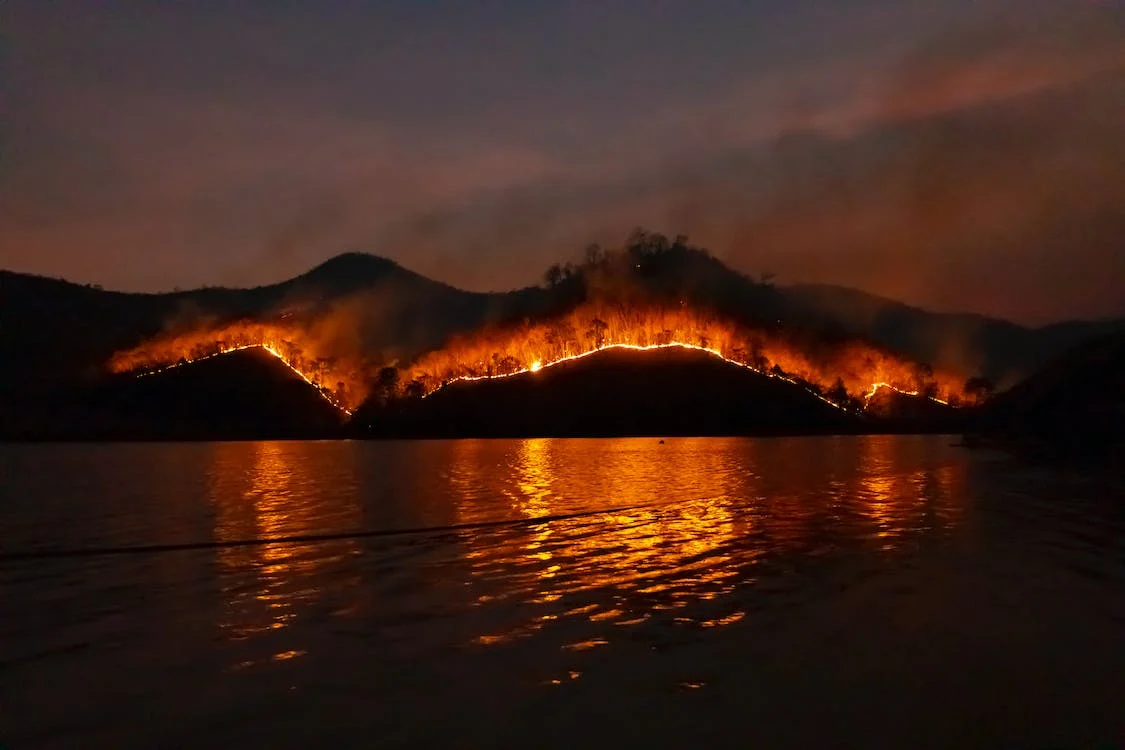The number of wildfire incidents taking place across the globe has increased significantly over the past few years. Canada and parts of Europe are experiencing these incidents a lot these days. However, no other country has had the misfortune of experiencing the impact of these wildfires more than the US.
According to the US EPA, the country sees around 70,000 wildfires per year on average. The damages from these wildfires are often unfathomable. It is the country’s brave firefighters who have to be on the frontlines to deal with these damages. Thus, it goes without saying that these personnel have to always be on alert to ensure their own safety.
That being said, let us look at a few ways the concerned authorities, as well as firefighters themselves, can prioritize safety when tackling wildfires.
#1 Proper Training and Continuous Education
According to the US Congressional Budget Office, the average annual federal spending on fire suppression was around $2.5 billion between 2016 and 2020. A good portion of this budget goes into the training of these professionals. What’s necessary is to ensure that this spending is used properly and for delivering timely and continuous training programs.
Firefighters must receive specialized training in wildfire suppression techniques and the use of equipment like fire shelters and hand tools. They should also regularly participate in drills and exercises to sharpen their skills and reinforce safety procedures.
Continuous education helps firefighters make informed decisions in the field, assess risks accurately, and adapt to evolving wildfire situations. Proper training and education empower firefighters to protect themselves and effectively combat wildfires, reducing the likelihood of accidents and injuries.
#2 Prioritize Personal Safety
Personal Protective Equipment (PPE) is the first line of defense for firefighters when facing wildfires. Fire-resistant clothing, helmets, gloves, and boots are crucial components of PPE that provide protection against extreme heat and flying debris. Maintaining PPE in good condition is paramount to ensuring firefighters’ safety.
Regular inspections and equipment checks should be part of firefighters’ daily routines. Any damaged or worn-out gear should be promptly replaced. PPE should fit properly, as ill-fitting gear can hinder mobility and increase the risk of injury. Properly maintained and fitted PPE enables firefighters to work more efficiently and stay safe amid intense wildfire conditions.
Also, while on the topic of personnel safety, it’s a good idea to use non-toxic firefighting foam. After toxic chemicals were found in Aqueous Film-Forming Foam (AFFF Firefighting Foam), this discussion has become important. According to TorHoerman Law, such toxic firefighting foam has been found to cause cancer. As it is widely used by firefighters, military personnel, and industrial workers, these professionals must maintain extra caution.
Ideally, it’s best to avoid any sort of toxic foam altogether. As per the latest AFFF lawsuit update, such foam has been found to cause testicular cancer alongside kidney, bladder, and other forms of cancer.
Thus, for the safety of firefighting personnel, opting for safe, non-toxic chemicals is a must. They’re already putting themselves in danger while fighting wildfires. They shouldn’t have to worry about using toxic equipment as well.
#3 Stay Informed about Weather and Fire Behavior
Wildfires are heavily influenced by weather conditions. A sudden shift in wind direction or an increase in temperature can drastically change a fire’s behavior. Time Magazine reports that the weather played a crucial role in making the recent Maui fires so deadly. Thus, firefighters must stay informed about weather forecasts and fire behavior predictions to make informed decisions in the field.
Fire weather forecasts, issued by agencies like the National Weather Service, provide critical information about temperature, humidity, wind speed, and wind direction. Firefighters should monitor these forecasts regularly and be prepared to adjust their tactics accordingly.
Understanding fire behavior is also essential. Firefighters need to recognize signs of changing fire intensity, such as rapid flame growth, increased smoke production, and erratic fire behavior. This knowledge helps them anticipate dangerous situations and take proactive measures to protect themselves and their crew members.
#4 Establish Effective Communication
Effective communication is a cornerstone of firefighter safety during wildfire operations. Firefighters must establish clear and reliable communication channels to coordinate their efforts, relay vital information, and respond to changing circumstances promptly.
Two-way radios or handsets are commonly used for communication in the field. Firefighters should ensure their radios are in good working condition, with spare batteries readily available. Radios should be used to maintain contact with the incident commander, fellow crew members, and other responding agencies.
Furthermore, firefighters should establish communication protocols, including clear incident reporting procedures and distress signals. Effective communication not only enhances safety but also enables better coordination and teamwork among firefighters battling the blaze.
#5 Maintain Situational Awareness
Situational awareness is the ability to perceive, comprehend, and predict events in one’s environment. For firefighters dealing with wildfires, situational awareness is crucial for recognizing hazards and making informed decisions to protect lives and property.
To maintain situational awareness, firefighters should continually assess their surroundings, monitor fire behavior, and stay informed about their crew’s location and condition. They should be aware of escape routes and safety zones in case of sudden changes in fire behavior.
Moreover, firefighters should be cautious of fatigue and stress, as these factors can impair situational awareness. Regular breaks and proper hydration are essential for maintaining mental clarity and focus during extended wildfire operations.
Conclusion
Wildfires have been raging havoc across America for decades now. Thanks to firefighters, the damages from these incidents are still somewhat manageable. Therefore, to ensure that they can continue to do their duty without risking their safety, the above-discussed points must be ensured. The steps must be taken as early as possible. That way, these brave souls don’t have to go into the face of danger without ensuring their safety first.








